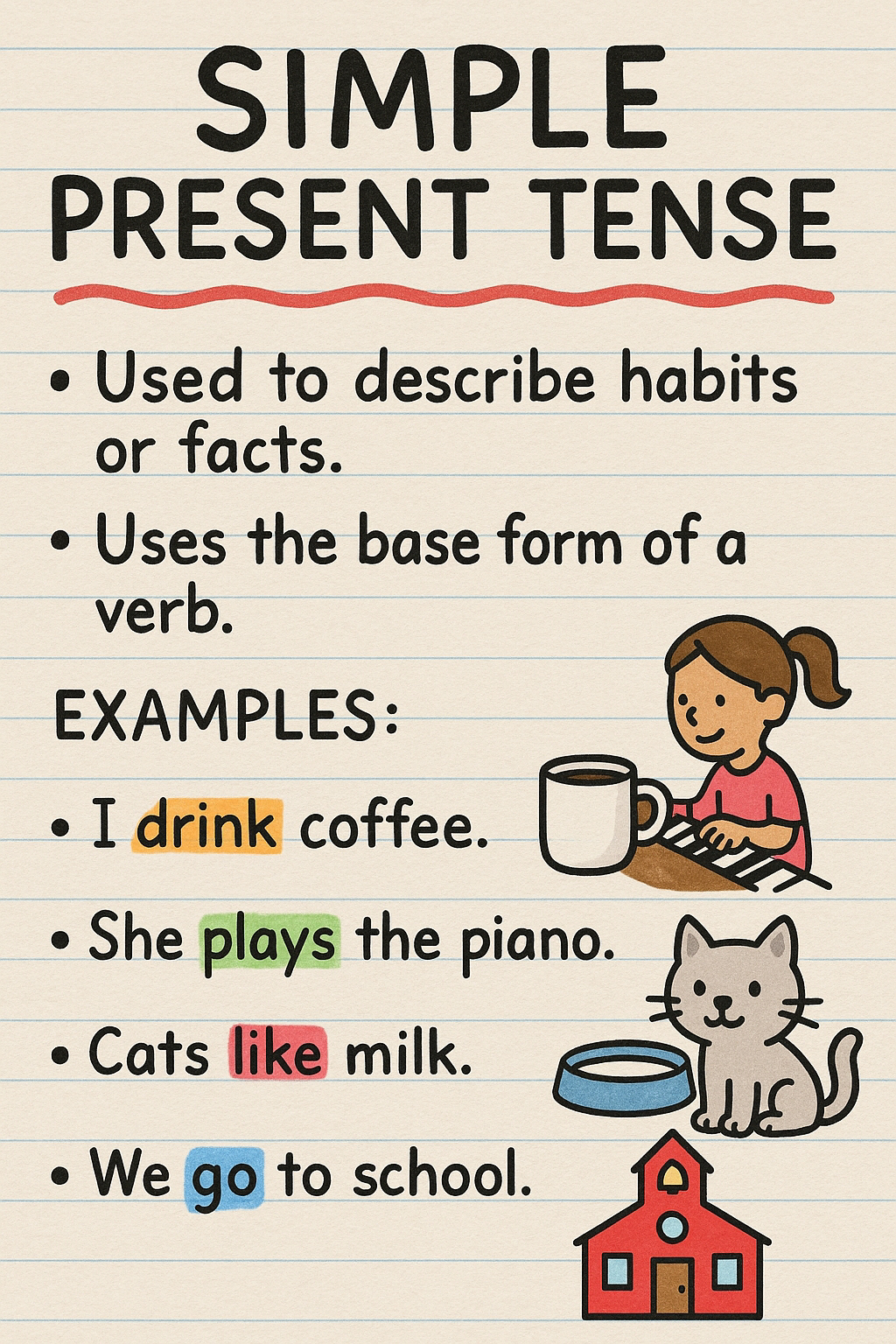Chapter Summary
The story centers on Nina, a nine-year-old girl who seems ordinary but possesses a unique ability: she can sense the true nature of people by their "glow"—a perception of colors around them that reflect kindness, anger, or even evil.
Nina is a genius at chess and enjoys watching YouTube videos, but she always feels different because of her special power.
She often tries to hide her talent to fit in with others, even acting like everyone else, though she continues to see the world differently.
Nina’s unusual ability sometimes brings her trouble, as people misunderstand her, including her parents and teachers.
Her best friend, Buggy, is the only one who understands her for who she really is, appreciating her bravery and loyalty beyond her appearance or unique gift.
The story explores themes of identity, acceptance, and the importance of seeing people for who they truly are, not just how they appear on the outside.
Exercise Answers for "The Story" (Nina's Chapter)
A. Answer the questions briefly.
What kind of clothes did Nina wear?
Nina wore regular, everyday clothes like other children her age.
Why does the narrator say that 'grown-ups can be pretty daft'?
The narrator says 'grown-ups can be pretty daft' because they often do not notice important things about children or understand how they really feel.
What special powers does Nina have?
Nina can see a colored "glow" around people that reveals their true nature or feelings, such as kindness, anger, or evil.
Do you think Nina's parents know about her powers? How can you tell?
Nina's parents do not know about her powers. This is clear because they treat her like any ordinary child and get confused or worried when she behaves differently.
What was the reaction of Nina's parents to her behaviour?
Nina’s parents were confused, sometimes worried, and often did not understand the real reasons for her actions.
B. Answer with reference to the context.
1. "But her powers also got Nina into trouble. Big, big trouble."
a. Who is Nina? What are her powers?
Nina is a nine-year-old girl who can sense the true nature of people by seeing a colored "glow" around them.
b. How do her powers get her into trouble? Describe an instance.
Her powers get her into trouble when she reacts strongly to someone’s "bad" glow—for example, by avoiding or accusing someone others think is nice, causing misunderstandings.
c. What do Nina's parents do to get her out of trouble?
Her parents usually try to defend Nina or explain away her behavior, though they do not really understand it.
2. "But Nina was also Buggy’s hero and understood that he was brave and loyal and hugely clever."
a. Who is Buggy?
Buggy is Nina’s best friend.
b. Who has the golden glow?
Buggy is described as having the golden glow, showing his good qualities.
c. Describe the person being spoken about.
Buggy is brave, loyal, and clever, even if he sometimes seems ordinary to others.
d. What does this person think of Nina?
Buggy admires Nina, understands her special talent, and values her for who she is.
C. Think and answer.
Do you think Nina's powers are useful? If so, how? If not, why? In your opinion, what would have been a better power?
Nina’s powers are useful because they help her understand people better and keep herself (and others) safe from those with bad intentions. However, they also make her stand out, leading to misunderstandings. A less obvious but equally helpful power, such as the ability to heal or comfort others, might have been easier for her to handle.
Nina learned to hide her powers. Should she have done anything else instead? What would you suggest?
Besides hiding her powers, Nina could have slowly tried explaining her gift to people she trusts, like Buggy or a caring adult, so she does not feel so alone.
Do you think the ways in which Nina and Buggy are similar to each other? If yes, in what ways? If no, does the difference make them better friends?
Nina and Buggy are similar because both are loyal, brave, and understand each other deeply. Their differences also make their friendship stronger, as they complement and support each other throughout challenges.















